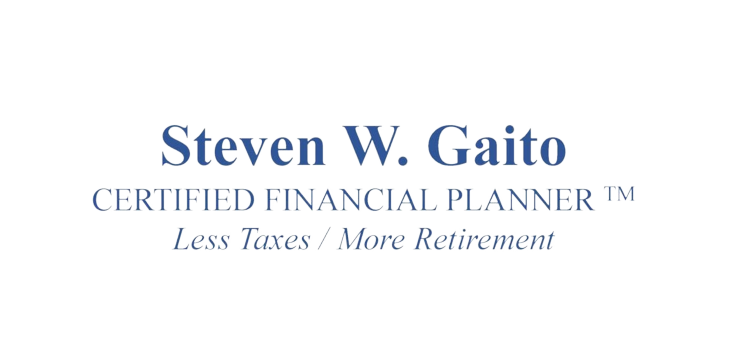Since the introduction of the 401(k) plan in 1978, retirement planning has undergone a significant transformation. Before the 401(k) plan, employers primarily offered traditional pension plans based on employees’ years of service and earnings. However, the introduction of the 401(k) plan shifted towards employee-directed retirement planning, granting individuals more savings control.
In this article, we’ll explore how retirement planning has evolved since the introduction of the 401(k) plan and its implications for retirement planning.
The Rise of Defined Contribution Plans
The 401(k) plan, along with other defined contribution plans such as the 403(b) and 457 plans, has become the predominant retirement savings vehicle for many workers.
Unlike traditional pensions, where employers assume investment risk and ensure fixed retirement benefits, defined contribution plans shift retirement savings responsibility to individuals.
The appeal of defined contribution plans is that they offer employees more control over their retirement savings. Participants can choose how much to contribute to their account, how to invest their contributions, and when to take distributions. Additionally, contributions to a 401(k) plan are tax-deferred, meaning taxes on contributions are paid upon withdrawal in retirement.
The shift towards defined contribution plans has also led to a decrease in the number of traditional pension plans offered by employers. Many companies have switched to defined contribution plans as a way to shift the investment risk from the company to the employee. Defined contribution plans also tend to be less.
Retirement planning has evolved significantly since the introduction of the 401(k) plan in 1978. Before the 401(k), employers typically offered traditional pension plans, granting a fixed retirement benefit tied to years of service and earnings. However, the 401(k) signaled a move to employee-directed retirement planning, granting individuals greater control over their savings.
Here are a few ways in which retirement planning has changed since the introduction of the 401(k) plan:
1. Increased Responsibility for Retirement Savings: With the shift from traditional pension plans to 401(k) plans, individuals now bear more responsibility for their retirement savings. In traditional pension plans, employers fund and manage the plan, providing employees with a fixed retirement benefit based on their tenure and earnings. However, with a 401(k) plan, individuals are responsible for contributing to their retirement savings and managing their investments. This shift in responsibility has given individuals greater control over their retirement savings but also places a greater burden on them to save and invest wisely.
2. More Investment Options: With a traditional pension plan, employees typically had limited investment options, as the employer managed the plan. With a 401(k) plan, individuals enjoy diverse investment options like stocks, bonds, mutual funds, and ETFs. This increased flexibility allows individuals to tailor their investment strategy to their needs and risk tolerance.
3. Increased Portability: Traditional pension plans were typically linked to a specific employer, resulting in the loss of pension benefits for employees who changed jobs. With a 401(k) plan, individuals can transfer their retirement savings between jobs, either by keeping the funds in the plan or rolling them over into an IRA or a new employer’s plan. This increased portability gives individuals greater flexibility and control over their retirement savings, regardless of their employment status.
4. More Flexibility in Retirement: In a traditional pension plan, the retirement benefit usually entailed a fixed monthly payment for life, offering limited flexibility for adjusting income needs. However, with a 401(k) plan, individuals have more flexibility to adjust their retirement income to meet their changing needs. They can choose to take distributions as needed or set up regular withdrawals based on individual retirement goals and financial needs.
5. Increased Importance of Financial Literacy: With greater responsibility for retirement savings and investment decisions, the importance of financial literacy has increased significantly. Individuals must understand the basics of investing, risk management, and retirement planning to make informed decisions about their retirement savings. Employers and financial institutions now offer enhanced education and resources to aid individuals in navigating retirement planning complexities.
6. More Emphasis on Employer Match: Employer matches, typical in 401(k) plans, involve employers contributing a percentage of an employee’s salary, often up to a set limit. This feature encourages employees to save more for retirement and helps to boost their retirement savings. Employer matches have become a critical feature of 401(k) plans, with many individuals relying on these contributions to meet their retirement savings goals.
In conclusion, the introduction of the 401(k) plan has significantly transformed retirement planning, empowering individuals with more control over their savings and investments. With this increased control, however, comes greater responsibility for saving, investing, and managing retirement income. The shift to employee-directed retirement planning provides greater flexibility and investment options but also demands individuals to educate themselves and make informed decisions regarding their retirement savings. To discuss this further, contact me today!
